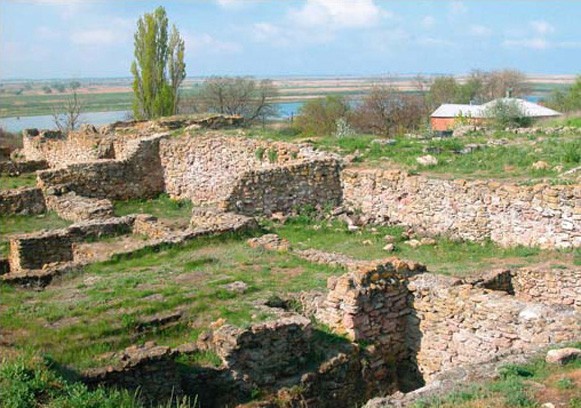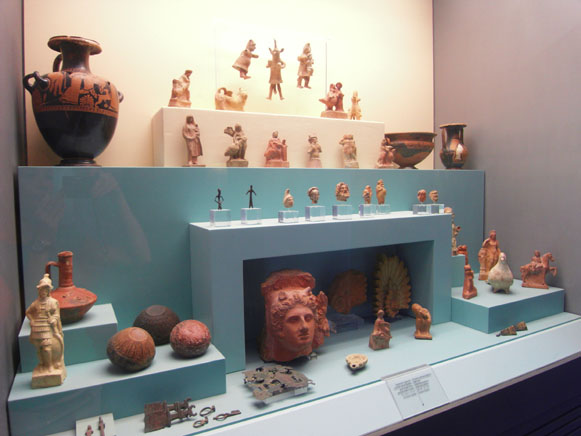Bosporan Kingdom
Bosporan Kingdom [Боспорське царство; Bosporske tsarstvo]. (Map: Greek colonies and Scythia.) An ancient state on the northern coast of the Black Sea (see Ancient states on the northern Black Sea coast), founded ca 480 BC through an alliance of existing Greek city-states. The kingdom's capital was Panticapaeum (present-day Kerch). It was ruled by the Archaeanactid and then by the Spartocid dynasty, which endured for over 300 years. In the 4th–3rd century BC the Bosporan Kingdom was at the height of its economic and cultural development. It controlled the Taurian Peninsula, the lower Kuban region, and the eastern Azov steppes, which were settled by Maeotian tribes (see Maeotians). Apart from the capital of Panticapaeum, other major cities belonging to the kingdom included Tiritaka, Nymphaeum, and Theodosia on the Taurian Peninsula, Phanagoria and Hermonassa in the lower reaches of the Kuban River, and Tanais at the Don River estuary (near today's Oziv). The king's power was almost unlimited. Grain growing, orcharding, viticulture, fishing, the skilled trades (particularly artistic metalworking), and trade (particularly in grain) were highly developed. Its manufactured goods were sold to the neighboring Scythians and Sarmatians.
In the second half of the 2nd century BC the Bosporan Kingdom was shaken by a socioeconomic and political crisis. Threatened by the Scythians, who had captured almost all of the Crimea, the Bosporan king Paerisades V decided ca 107 BC to seek the protection of the Pontic king Mithradates VI, but the local Scythians under the leadership of Saumacus revolted and killed Paerisades. The revolt was put down by Mithradates' general, Diophantus, and the Bosporan Kingdom was annexed by the Pontic Kingdom. When Mithradates was defeated by the Romans in 63 BC, the kingdom came under Roman rule.
Under Roman rule the Bosporan Kingdom experienced another period of economic and cultural prosperity in the 1st–2nd century AD. The old cities were rebuilt, and new cities were established. Many Sarmatians settled in the kingdom, and this caused its culture to become somewhat Sarmatianized. In the 1st century BC the kingdom was ruled by the Tiberius Julius dynasty, which was descended from Mithradates VI, but Rome held the right to appoint new kings. One of them, Sauromates II (ad 174–210), gained a decisive victory over the Scythians and enjoyed some independence from Rome. Yet, in the middle of the 3rd century, the kingdom's economic and political power was seriously undercut by the invasion of the Goths. In the 370s the Huns put an end to the Bosporan Kingdom.
BIBLIOGRAPHY
Rostovtzeff, M. Iranians and Greeks in South Russia (Oxford 1920)
———. ’The Bosporan Kingdom,' in The Cambridge Ancient History, 8 (Cambridge 1930)
Gaidukevich, V. Bosporskoe tsarstvo (Moscow-Leningrad 1949)
Blavatskaia, T. Ocherki politicheskoi istorii Bospora v V–IV vv. do n.e. (Moscow 1959)
Blavatskii, V. Pantikapei: Ocherki istorii stolitsy Bospora (Moscow 1964)
Havrylenko, O. Antychni derzhavy Pivnichnoho Prychornomoria: bilia vytokiv vitchyznianoho prava (kinets’ VII st. do n. e. — persha polovyna VI st. n. e.) (Kharkiv 2006)
[This article originally appeared in the Encyclopedia of Ukraine, vol. 1 (1984).]

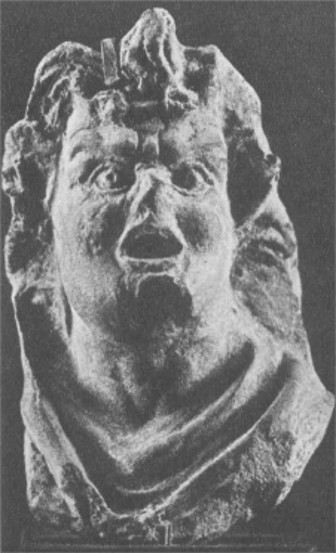
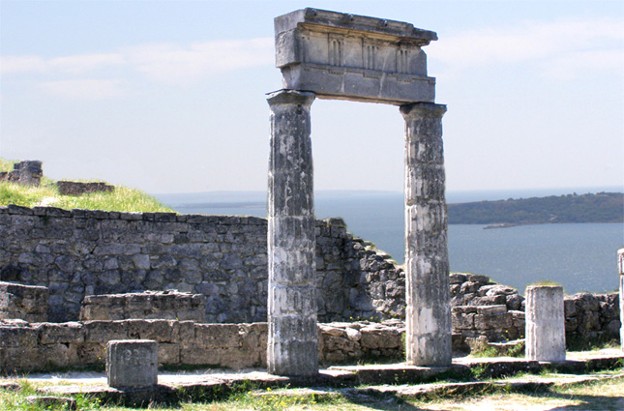
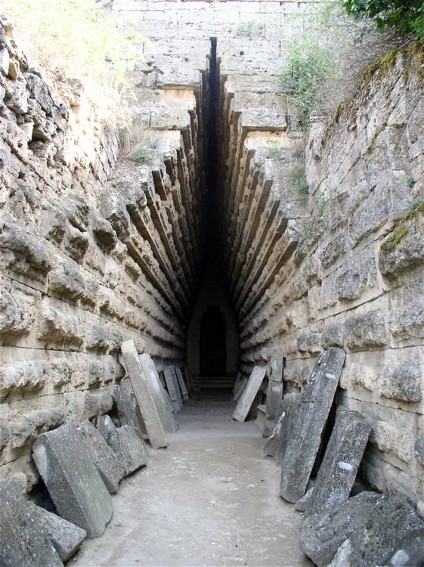
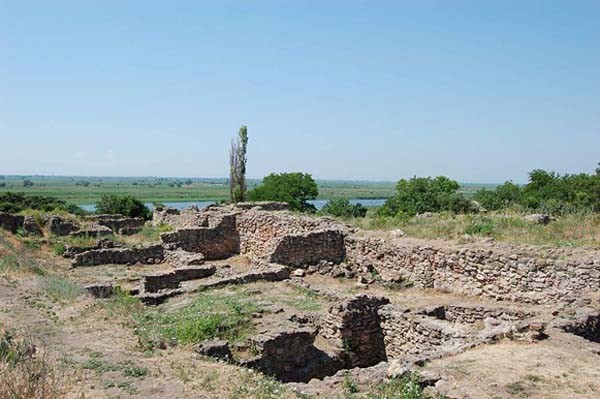
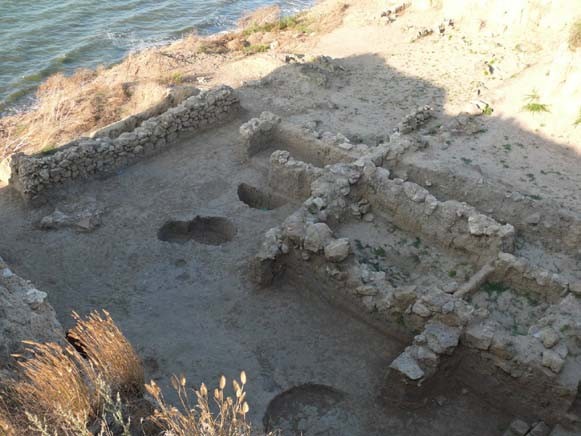
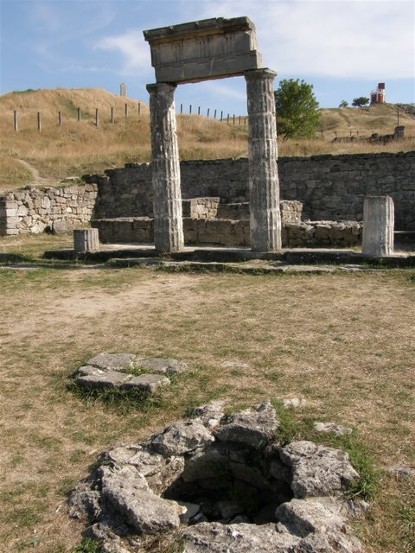
.jpg)
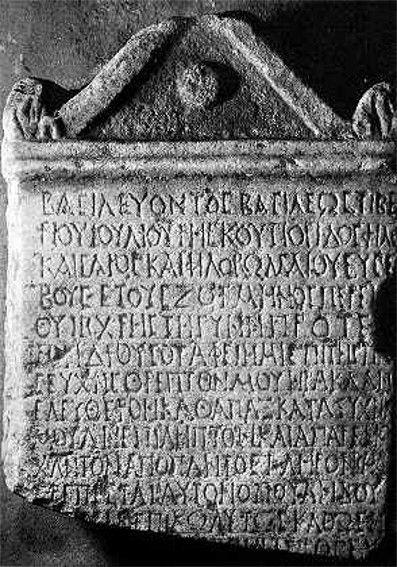
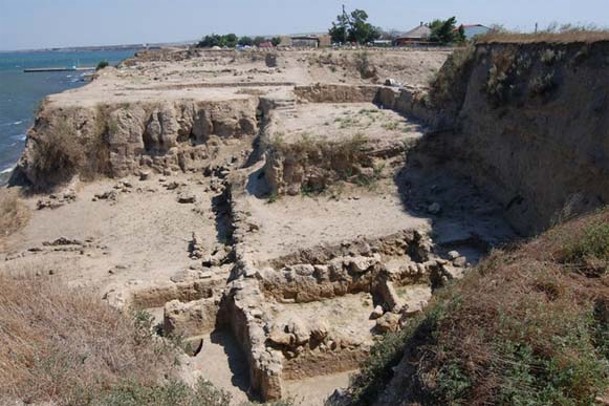
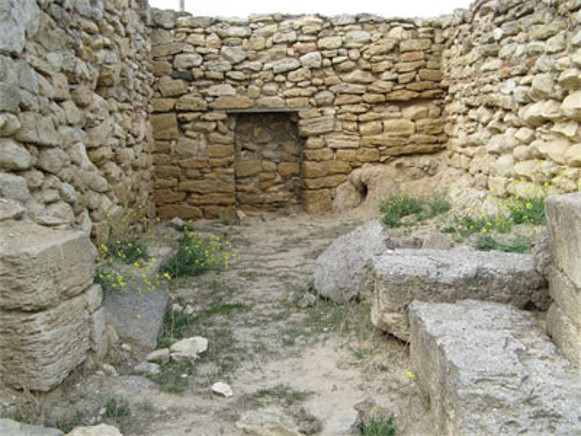
.jpg)
